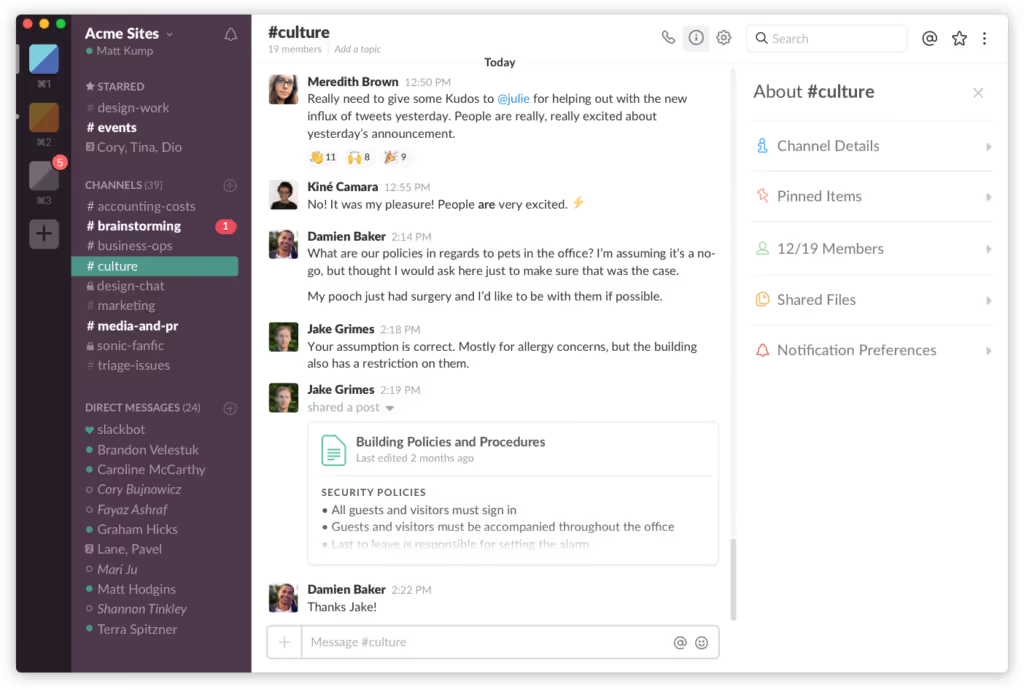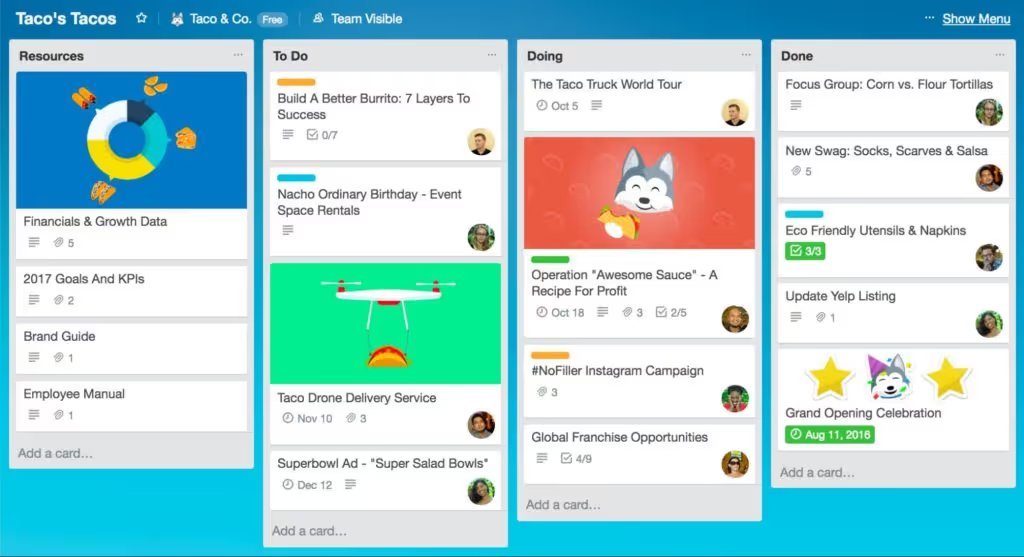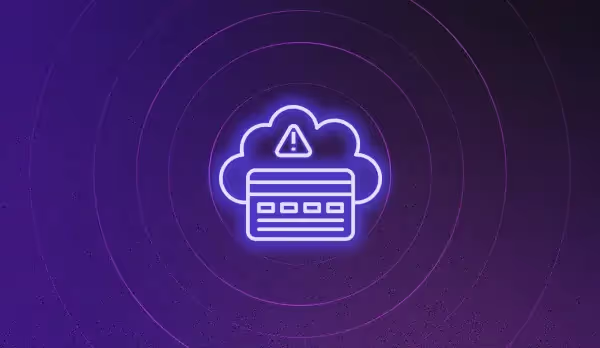Ecommerce manager guide: How to improve your site error management with your dev shop

A business is a machine that functions as a result of a multitude of smaller components working together. These pieces of the machine must work together effectively to have the positive result of a functional business that they were intended to have. This is why all components of a business must communicate and understand one-another. Specifically, this can be seen in the relationship between you and your development shop. Development shops merge the ideas and models of major thinkers within the company and allows them to come to life. Therefore, managing the relationship between you and your development shop is crucial to business success because they unlock the potential to provide various features to your platform leading to a seamless customer experience. If your relationship and process/error solution framework is weak, it could cause your customer experience to suffer. Additionally, when errors happen, it’s important that there is a detection and prioritization method in place so that the customer experience does not cripple.

Step 1: Ensure your error detection framework is in place
Many companies rely on their customers to notify them when an error happens. Even if a customer does report an issue, there may be hundreds of other customers who experienced the same issue before reporting it. That means that errors could have been live on your site for extended periods of time but went unnoticed by your company until someone finally alerted you of them. When these errors are present, you not only lose the sale, you also have the risk of losing the customer. According to PwC, 32% of customers stop doing business with a brand after one bad experience. This is why you should ensure that you have an error monitoring software in place on your ecommerce website. A program that notifies you when there is an issue is beneficial so problems can be resolved when they actually occur. Then, you can be proactive and solve the error quickly so that your customers receive an excellent experience.
Step 2: Prioritize errors
Internal prioritization is a great way to make sure everyone is on the same page and understands what should be seen as a priority. The framework should be organized in a way that allows easy comprehension for all parties. All organizations are different but a recommendation is to have priority rankings that include listing relevance for p1 to p5 or sorting them as low, medium and high risk. High risk errors are typically related to checkout and add to cart issues or server fails. Ultimately, they can be anything that impedes a customer from making their purchase. Medium errors are typically related to anything that hinders the customer experience. This could include missing photos or broken contact forms that could jeopardize your customer’s trust in your company. Low errors are still important but they do not urgently need to be solved. This could be because they are less likely to damage your customer relationship or because they are less likely to cause a customer to not complete their purchase. Thankfully, some issues can temporarily be ignored because they are benign in nature. With errors arising often, it’s important to establish clear guidelines in terms of how you go about solving them.
Step 3: Establish an error resolution framework
Having an effective error resolution framework allows you to save time and development costs because developers will only be working on resolving issues instead of investigating issues. Creating communication flow allows you to send errors that you want solved and then you can receive updates on the progress. Additionally, a ticketing system can be created and errors should be resolved in a certain period of time. Then, you can inform your development team of the expectations and procedures they must follow when resolving each type of error.
Tools like Slack, Trello and Noibu can be useful in organizing the resolution process. What’s great about Slack is that there are different channels to help group tasks into streams. For example, you can have a channel for each ranking of error. Then, when the channel is accessed, those working on a specific project can see all of the previous notes within the channel. This creates an immersive workspace which focuses on team building. Trello is helpful because it can create a step-by-step process for solving problems and it is accessible to full teams. They have different columns including “to do”, “doing” and “done”. Each team member can have access to the board and can update it and add notes to it when things are in progress. Lastly, once you start working with Noibu and you begin to start solving the errors, Noibu actually lets you know if they are actually going away or not. This is great for your business because it is reassuring that what your development team is working on is actually making a difference on your website. One additional quick tip regarding this topic is that it is vital that you communicate the required information that a developer needs in order to diagnose and fix the issue. A developer will need the error type, browser/device information, number of occurrences, users impacted, and reproduction steps in order to diagnose and solve the issue.


Step 4: Continuous monitoring
Once errors are resolved, you must continuously monitor your ecommerce website. If your website is not heavily monitored and kept up to date with, it risks developing serious errors again, even after critical ones have been solved. Another component of the continuous monitoring process is to ensure that once errors are found again, the error resolution framework is used and repeated. By continuously using the framework you designed, you commence a sequence that will speed up the solution process. Lastly, continue to discuss with your development shop to ensure the feedback loop is in fact working, and make changes when necessary. Once a strategy loop is in place, it is easy to forget that it needs to be updated, altered and tested consistently to ensure that your solution system is as effective as possible.
Conclusion:
After looking at ways to improve your website error management with your development ship, it can be seen that the best way to drive lift is to make sure that your ecommerce website provides an excellent customer experience. The best way to get that customer experience that you’re looking for is through providing the best online customer service available which can be achieved through mitigating the amount of errors that occur on your website. Additionally, working closely with your development shop and creating efficient communication channels allows you to ensure that your website will also have a minimized amount of errors. This connects back to customer experience because by improving relationships with your development shop, you once again can improve the experience for your customers by not only minimizing errors but also by allowing them to help in the process of constructing an overall better ecommerce experience on your platform.




